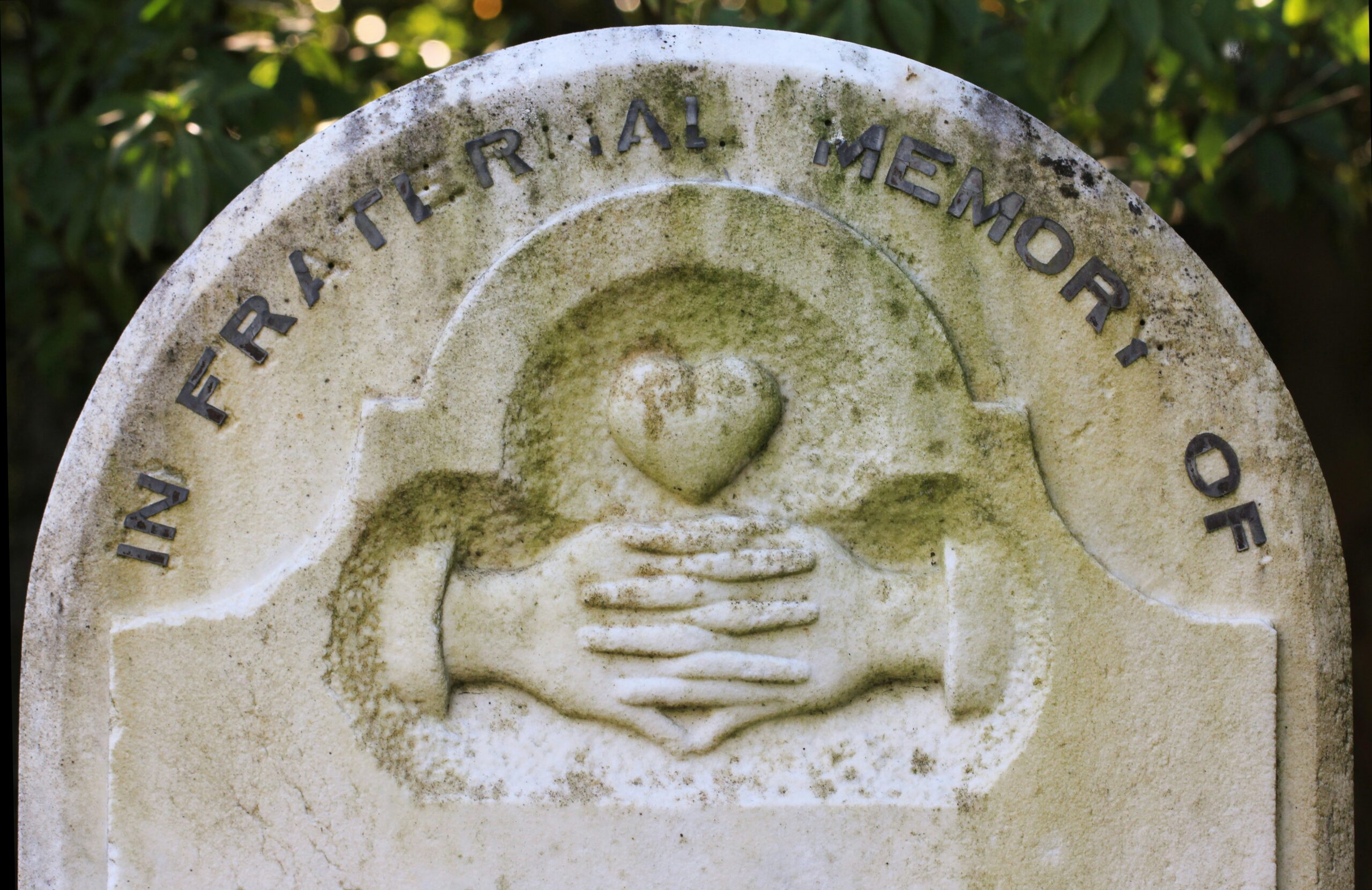Introduction
Understanding the ownership of a grave plot can be crucial, whether you’re managing family estates or planning a burial. While locating the owner might seem challenging, it’s a process that can be navigated with the right steps and resources. This guide will walk you through how to determine who owns a grave plot and what to do if ownership is unclear.
Why Knowing Grave Plot Ownership is Important
Ownership of a grave plot is a significant legal and emotional matter. Whether you’re looking to purchase a burial plot, resolve family disputes, or simply gather information for genealogical research, identifying the owner ensures proper management and respect for the burial site.
Note: Legal ownership rights determine who can be buried in the plot and who can make decisions about the grave.
Steps to Identify Grave Plot Ownership
Determining the owner of a grave plot involves a combination of official records, legal documents, and sometimes direct contact with relevant authorities. Here are the steps to help you find out who owns a grave plot:
Contact the Cemetery
The first and most straightforward step is to contact the cemetery where the grave plot is located.
-
- Ask for the Records: Cemeteries typically maintain detailed records of who owns each plot, along with contact information and any legal agreements.
-
- Visit in Person: If possible, visit the cemetery office in person. This can expedite the process and allow you to inspect the records directly.
Tip: Be prepared to provide specific information about the plot, such as the location within the cemetery and the name of the deceased, to help the staff locate the correct records.
Check Deeds and Legal Documents
If you have access to family records or legal documents, these may include deeds or titles that confirm the ownership of a burial plot.
-
- Review Family Records: Often, deeds are passed down through generations, and these documents should clearly state who owns the plot.
-
- Consult an Attorney: If the documentation is unclear or missing, consulting an attorney who specializes in estate law might be necessary. They can help clarify ownership based on available legal documents.
Visit the County Recorder’s Office
If the cemetery records or family documents do not provide sufficient information, the next step is to visit the county recorder’s office.
-
- Search Public Records: The county recorder’s office maintains public records that include property deeds, including those for grave plots. You can request a search of these records to find the relevant ownership information.
-
- Understand the Process: Each county may have different procedures for accessing these records, so it’s advisable to call ahead or check their website for guidelines.
Utilize Online Resources
In today’s digital age, online resources can also be valuable in your search for grave plot ownership.
-
- Genealogy Websites: Some genealogy websites provide access to cemetery records, which can include ownership information.
-
- Cemetery Databases: Many cemeteries now have online databases where you can search for plot details and owner information.
Note: While online searches can be convenient, they may not always be comprehensive. It’s still important to verify any information you find online with official records.
What to Do If Ownership is Unclear
Sometimes, even after following all the steps above, the ownership of a grave plot may still be unclear. Here’s what you can do in such situations:
-
- Contact an Estate Lawyer: An estate lawyer can assist in resolving ownership disputes or unclear situations. They may be able to trace ownership through legal channels or help you obtain a court order if necessary.
-
- Consider Alternative Solutions: If ownership cannot be determined, the cemetery may have policies in place for handling such cases. These might include transferring ownership to a new party under specific conditions.

Planning for Future Burial Plot Purchases
To avoid similar complications in the future, it’s important to plan carefully when purchasing a burial plot:
-
- Ensure Proper Documentation: Always secure a deed or title for the plot and store it in a safe place with other important family documents.
-
- Consider Pre-Planning: Many people choose to purchase burial plots in advance. This not only secures the plot but also ensures that ownership details are clear and legally documented.
Tip: Regularly update your estate plan to include burial plot ownership information, ensuring that future generations will have no difficulty locating or transferring the plot.
Conclusion
Finding out who owns a grave plot may require some research and effort, but it is a vital step in ensuring that burial sites are managed properly. Whether you’re dealing with family arrangements, legal disputes, or planning for the future, following these steps will help you navigate the process smoothly.





